- AI has made it increasingly easy to identify and disseminate false information, from fabricated images to synthetic voices.
- IOTA’s digital identity framework helps individuals as well as organizations maintain full control over their online identity.
Google recently introduced Veo 3, its most advanced AI video tool yet, and it’s already turning heads. With just a simple text or image prompt, users can generate incredibly realistic videos, now complete with synchronized audio like background music, ambient sounds, and even dialogue. It’s a huge leap forward for creative industries like media, entertainment, and education, offering new ways to bring ideas to life.
This opens the door to creating convincing deepfake videos that could be used to impersonate public figures, such as politicians, CEOs, or celebrities. They could also generate fake news events, protests, disasters, or speeches. They could also fabricate “eyewitness” videos that appear to be captured on smartphones. Even if labeled as AI-generated, such videos can be clipped, edited, or reshared without context, making them believable and hard to debunk in real time.
IOTA’s Shield Against AI Fakery
Salima, an enthusiast of technology and cryptocurrencies, has made the IOTA Identity Framework the focus of her X post. She explained the importance of IOTA’s technology when AI can fabricate the perfect lie: “We’re entering a new era: algorithmic disinformation at industrial scale. ”
Salima describes IOTA’s latest innovation as “a decentralized digital identity framework that allows us to assign verifiable credentials to every content creator, individual, media outlet, institution, even machines.” It’s a bold step forward in the fight against disinformation, and one that IOTA is rolling out with the Alpha release of its identity framework.
According to an announcement on the IOTA blog, “the alpha release of IOTA Identity, now available on the MoveVM-based IOTA Testnet, marks a major step toward securing digital interactions with verifiable, tamper-proof identities.” By combining widely accepted W3C standards with IOTA’s fast, scalable, and secure MoveVM, the framework offers a way to authenticate and verify identities while enabling secure data exchange.
One of the key benefits of IOTA Identity is that while data integrity is secured on an immutable ledger, verifiable credentials (VCs) are kept off-chain. This means users retain control and privacy over their data. The system relies on cryptographic verification to confirm authenticity and uses standardized formats to ensure everything works smoothly across different platforms. Whether it’s used for personal IDs, business transactions, or even IoT device authentication, IOTA Identity is designed to build “cross-platform trust with a user-centric model.”
The potential applications for IOTA Identity stretch across a range of industries, each with its own need for trust and transparency. In finance, it can streamline KYC compliance, enable secure digital signatures, and help prevent fraud. Within supply chains, it ensures products are authentic and traceable, thanks to verified origins and reliable audit trails. In healthcare, it offers a secure and privacy-preserving way to manage sensitive patient records.
And when it comes to governments and large enterprises, IOTA Identity supports everything from digital public services to efficient corporate identity management. As Salima puts it, “only a robust digital identity layer will allow us to trust again in what we see and read. IOTA isn’t just a protocol, it’s the foundation for a new infrastructure of trust.”


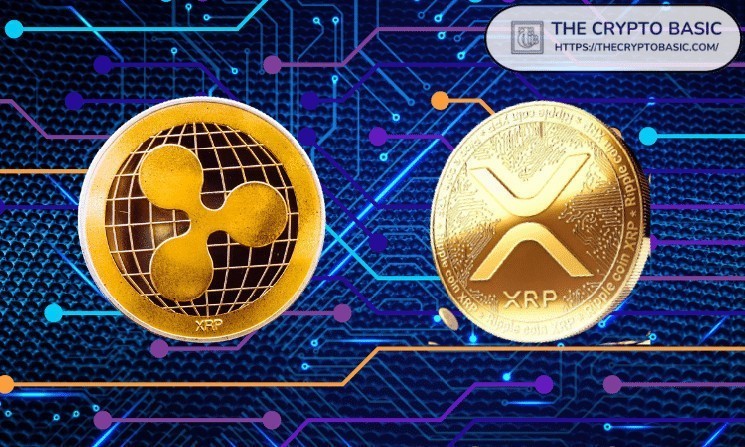
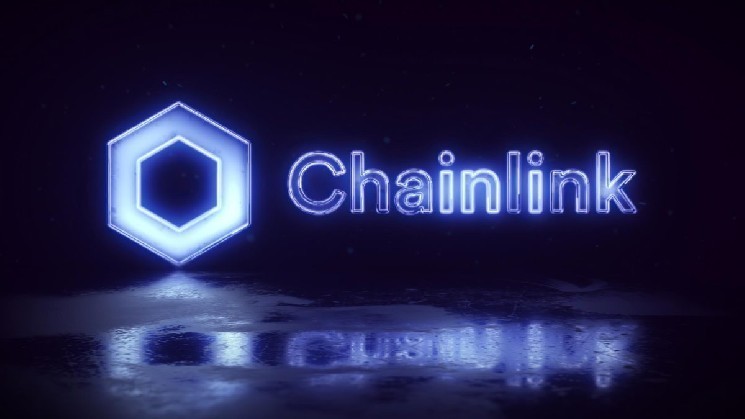
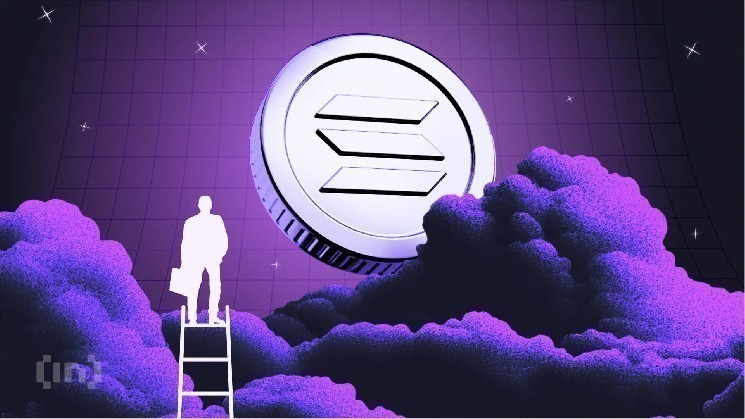

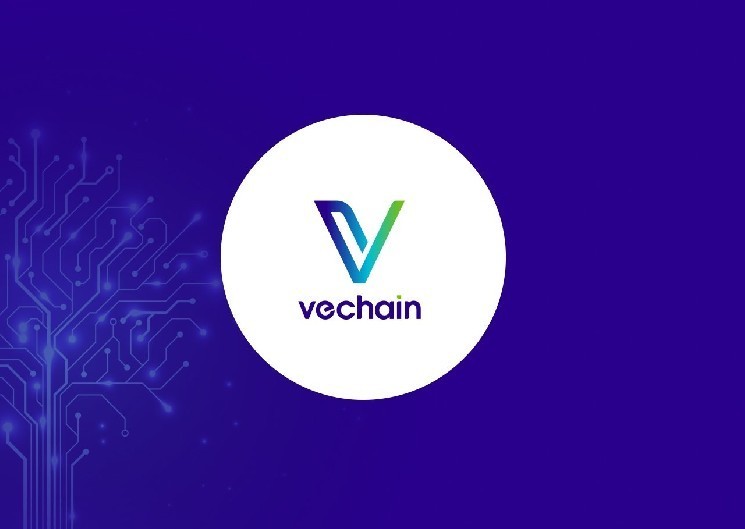




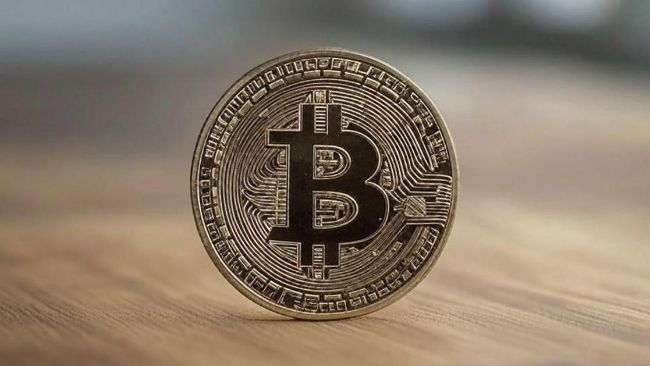


Leave a Reply